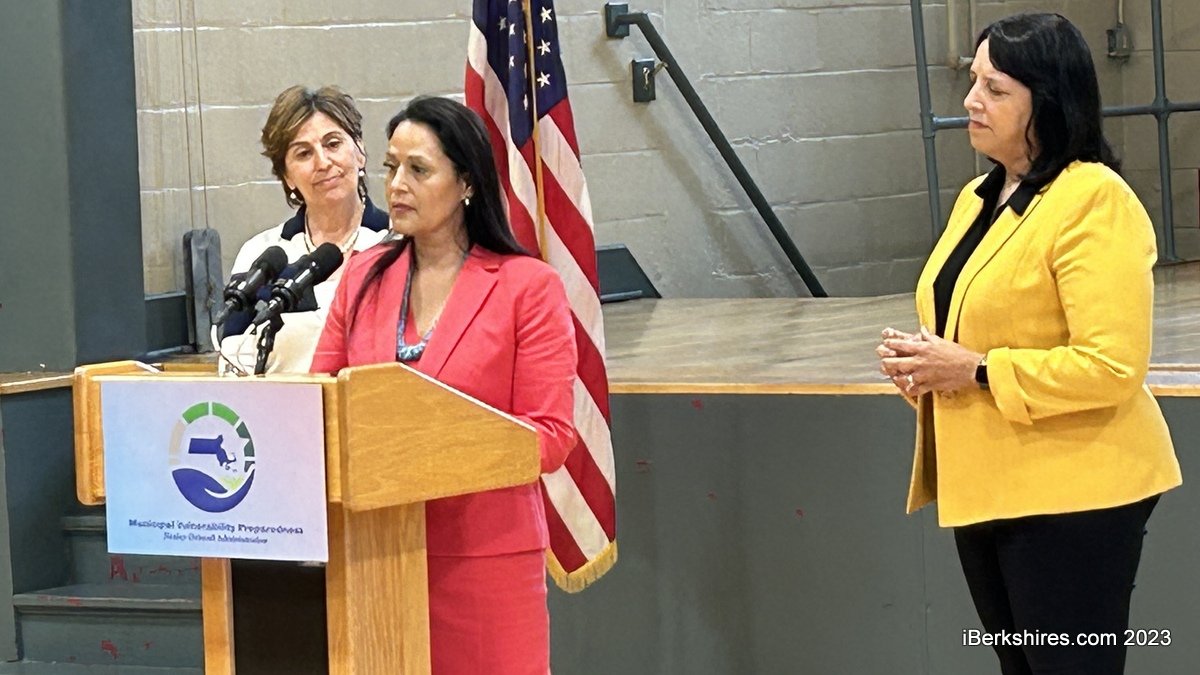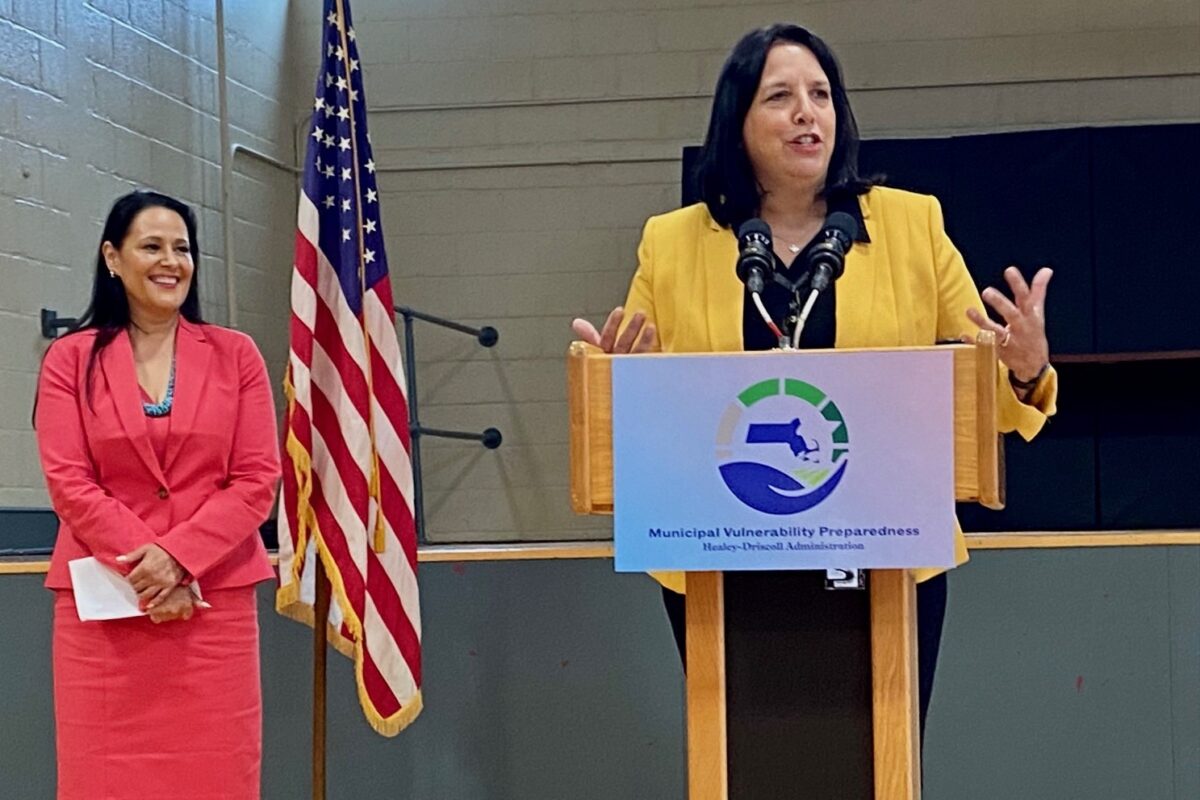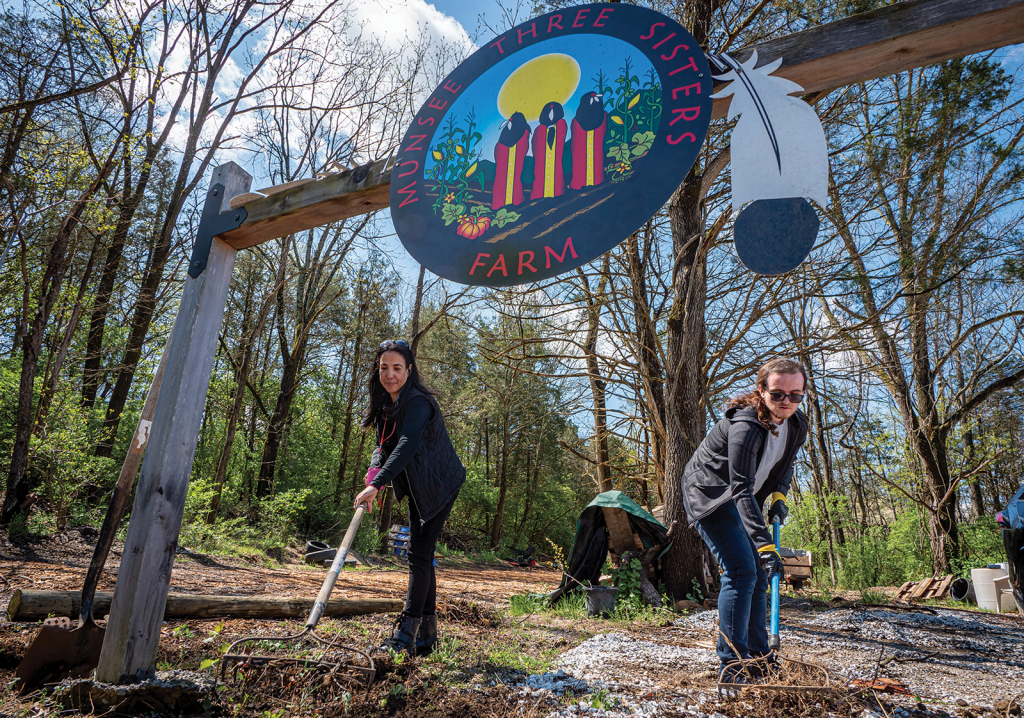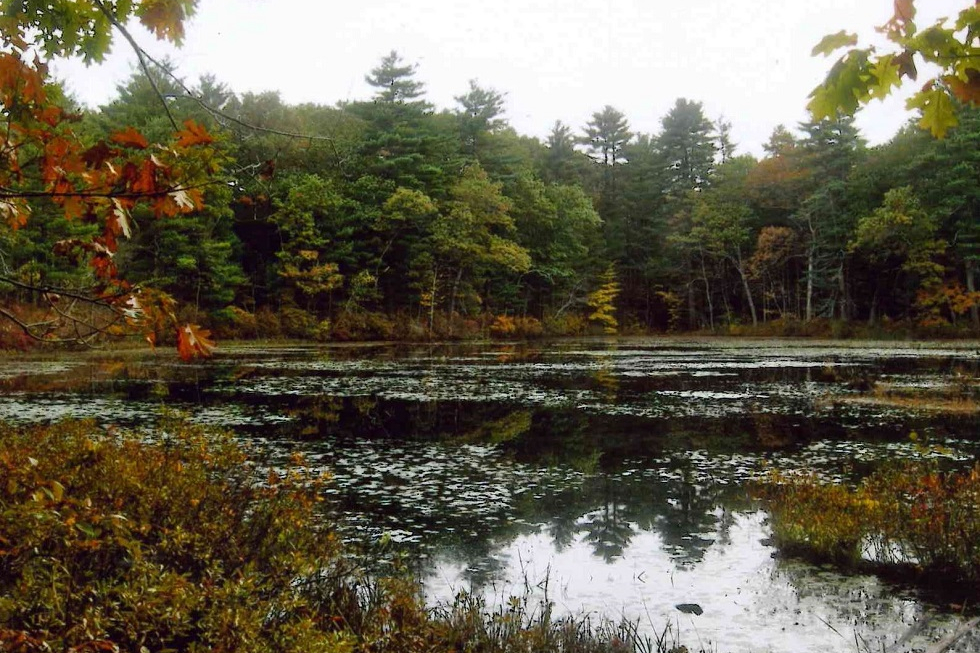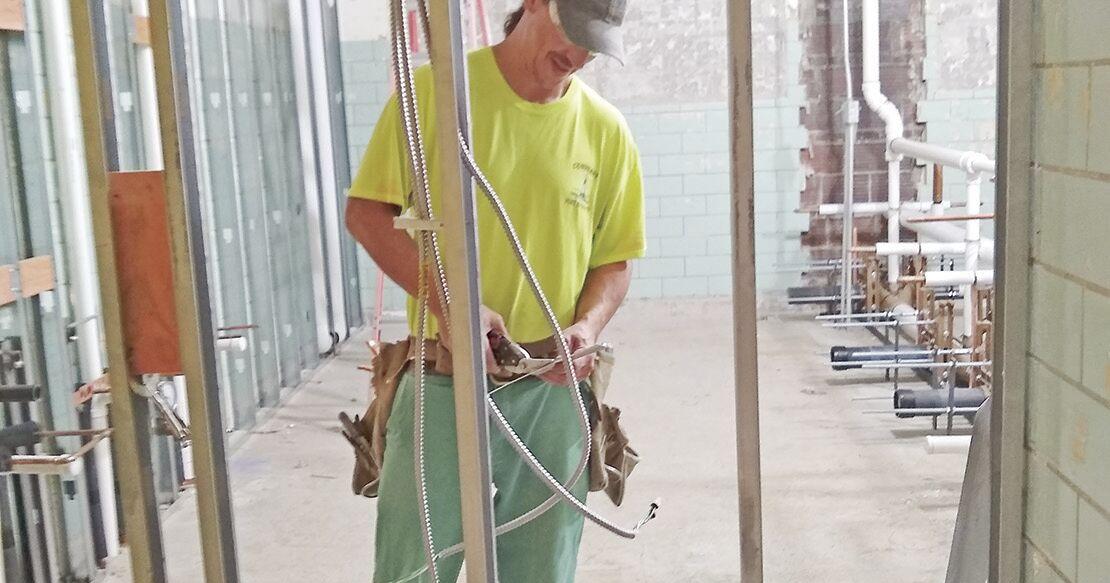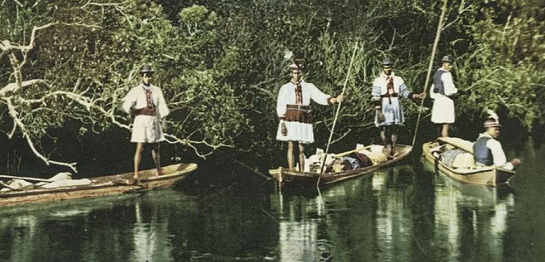STOCKBRIDGE — The Stockbridge-Munsee Band of Mohicans, whose original homelands stretch through the Berkshires and beyond, is reclaiming several hundred acres of sacred land that Massachusetts is now giving back.
Quote
“We are trying to reclaim our ways of being, which was never based on money,” Shannon Holsey, president, Stockbridge-Munsee Band of Mohicans.
With a $2.26 million state grant, the tribe is poised to purchase 351 acres at the northern tip of Monument Mountain — a move that will restore tribal ties to this land once again after nearly 200 years of separation from it.
Tribal leaders say they are grateful to again hold the land within their culture and spirituality. It is a stewardship they say will fortify and heal the landscape amid a changing climate.
“It’s sacred to us, and we’re so grateful for the opportunity to be able to return home and have a place to call our own,” said Stockbridge-Munsee Band of Mohicans President Shannon Holsey.
Nearly 100 town and city officials, residents and members of the Stockbridge-Munsee attended Wednesday’s official announcement of the purchase in the gym at Stockbridge Town Offices.
The grant is part of a total $31.5 million in Municipal Vulnerability Preparedness Action Grants to 84 different towns and cities. The awards include about $3 million to 28 municipalities for pilot programs directed at struggling communities. The rest — $28.5 million — is for various projects in 56 cities in towns.
Shannon Holsey, president of the Stockbridge-Munsee Band of Mohican Indians, speaks at Stockbridge Town Hall on Wednesday after the announcement of the acquisition of land in the reclamation of Fenn Farm, 351 acres of pristine land at the northern end of Monument Mountain.
BEN GARVER — THE BERKSHIRE EAGLE
The Stockbridge Munsee grants fall into…
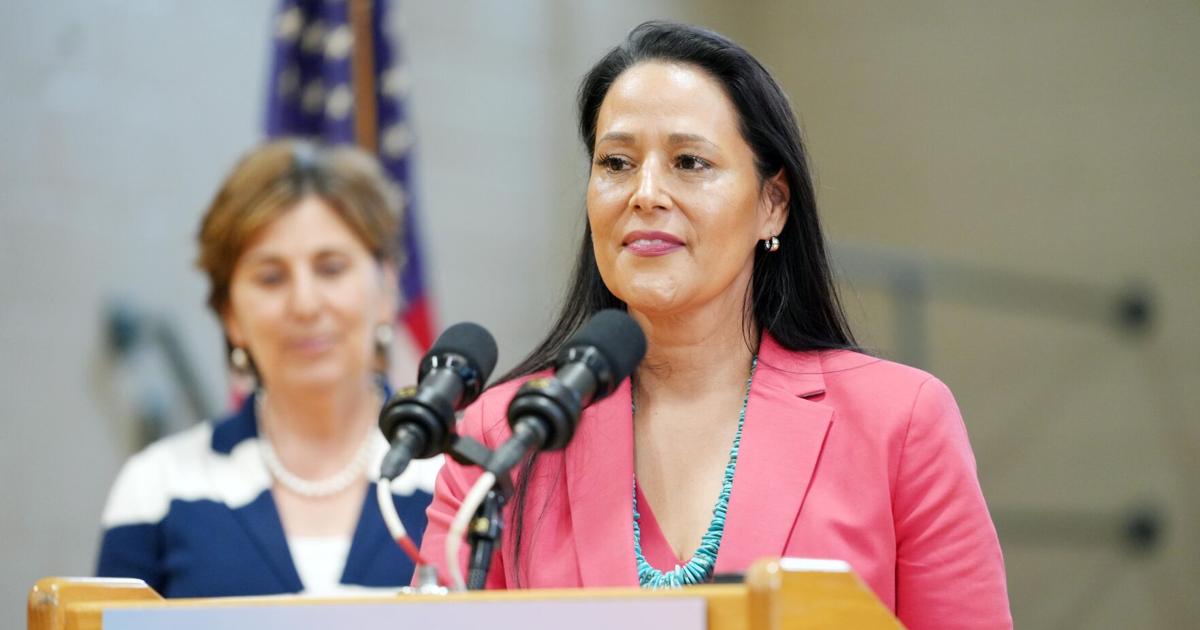
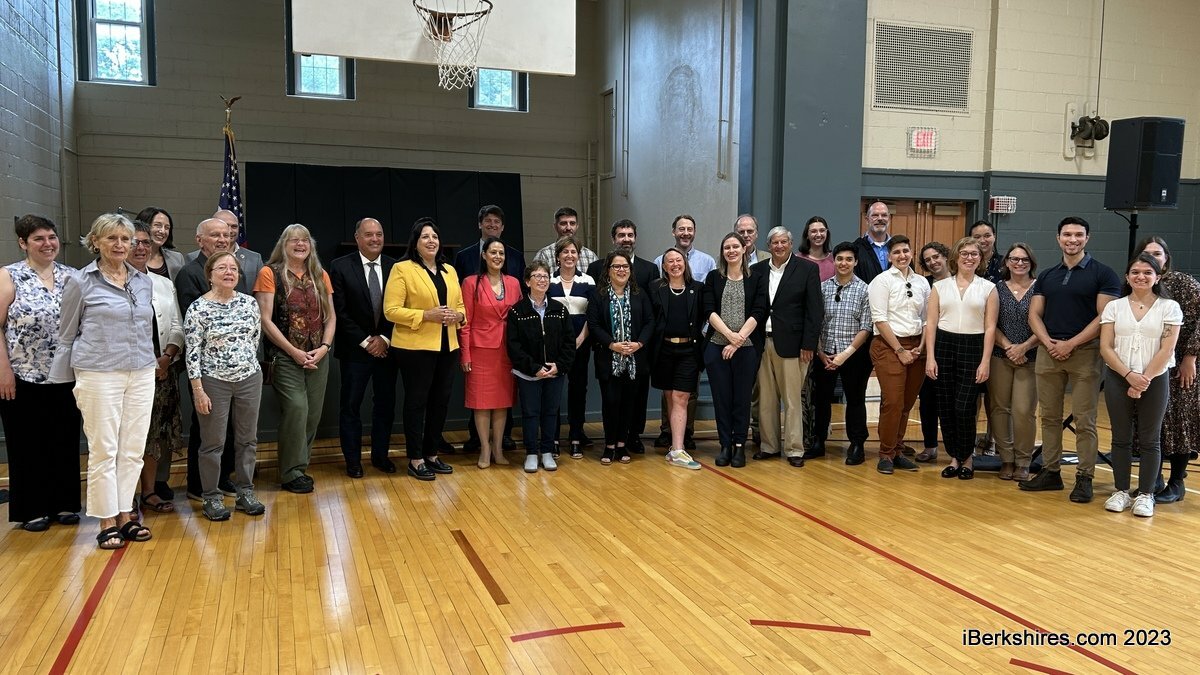
 There was a crowd at Wednesday morning’s announcement of MVP grants at Stockbridge Town Hall.
There was a crowd at Wednesday morning’s announcement of MVP grants at Stockbridge Town Hall.  State Rep. John Barrett III and state Sen. Paul Mark were at the announcement with Lt. Gov. Kim Driscoll, who afterward toured Berkshire Community College.
State Rep. John Barrett III and state Sen. Paul Mark were at the announcement with Lt. Gov. Kim Driscoll, who afterward toured Berkshire Community College. 